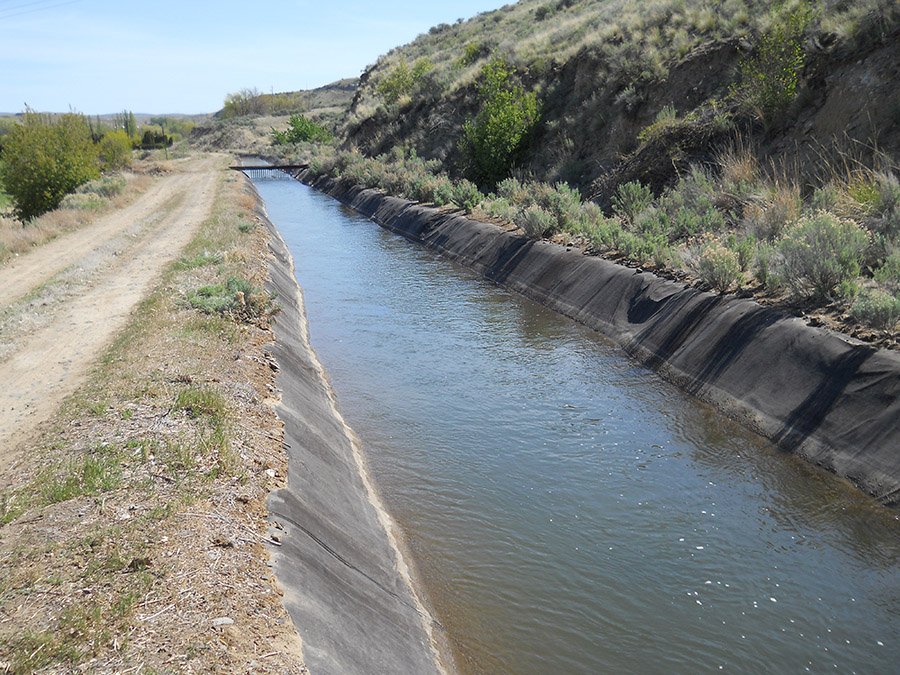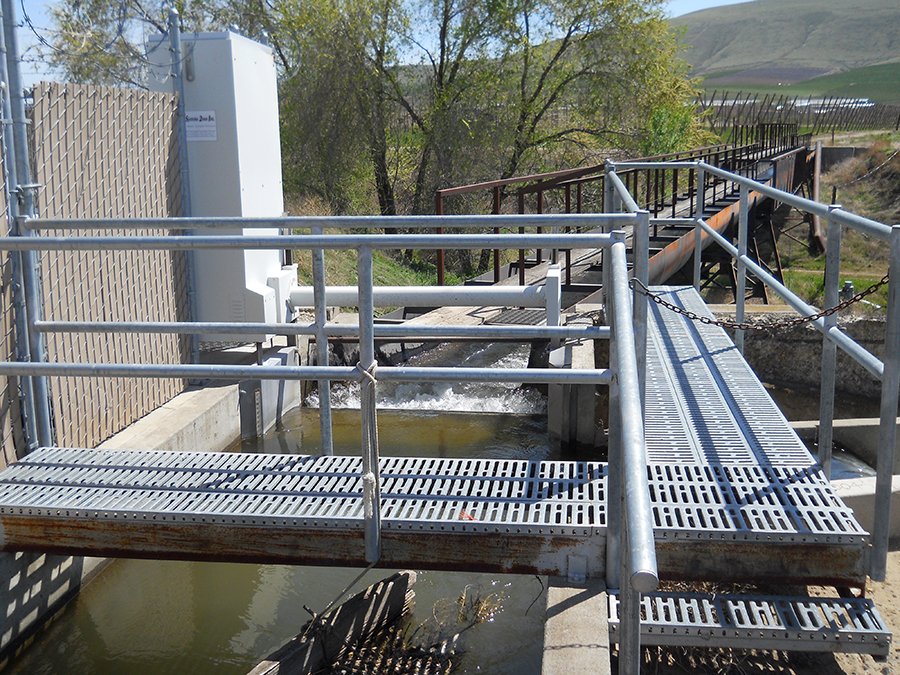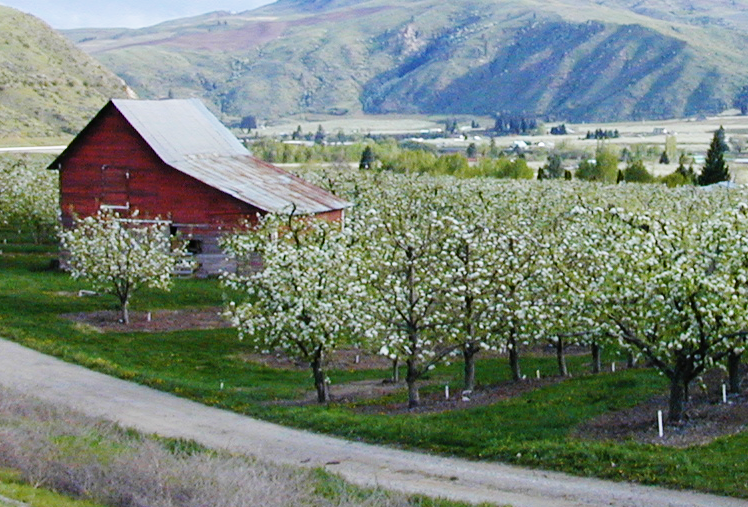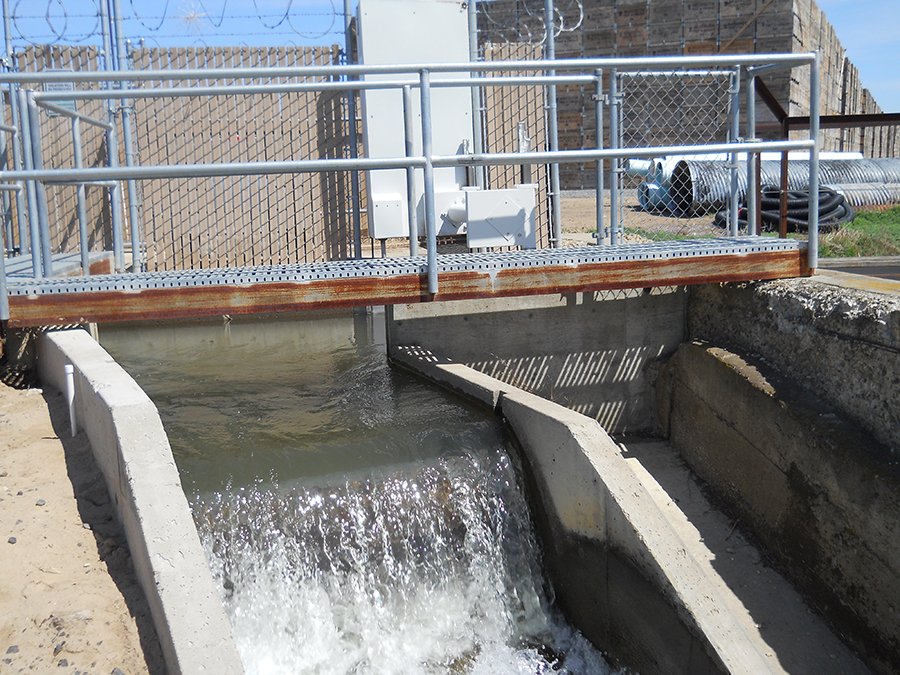Declining Groundwater:
East Moxee/Black Rock Water Banking Strategy
Please help us by participating in an initial 2-minute online survey and the follow-up extended online survey to help bring water to the East Moxee Black Rock community.
Project Background:
Importing Surface Water to Reduce Groundwater Declines
Groundwater in the East Moxee Black Rock (EMBR) area east of the City of Yakima has declined by as much as 13 feet per year in local aquifers for the last several decades with hundreds of feet of decline measured in some water supply wells (click here to learn more). Over many years, local groundwater users have responded to the declines with increased water conservation, changing crop types, deepening of wells and pumps, and fallowing of lands. However, these measures alone are not enough to stop the continued declines in the local aquifers.
Home to over 7,400 acres of prime irrigation farmland, dairies, a USDA Agricultural Center, commercial business, and hundreds of residences, severe groundwater declines in the EMBR area remain a water supply challenge with significant economic and public health risks.
The most viable option to address this challenge is to import surface water from out-of-basin sources and develop a water bank and local infrastructure to distribute to groundwater users interested in participating in the water bank.
Declining Groundwater and Water Bank Studies
The Selah-Moxee Irrigation District (SMID), U.S. Bureau of Reclamation, Washington State Department of Commerce, Washington State Department of Ecology, and Yakima County are supporting studies to address the unsustainable groundwater declines in the EMBR area through development of a new water bank. A water bank allows water transactions between willing sellers and buyers (click here to learn more). The bank would rely on out-of-basin surface water sources imported through an extension of the SMID canal system to those water users willing to pay for an alternative source to groundwater.
A Phase 1 feasibility study was completed in 2021 which identified interest in a new water bank by some of the major irrigators in the EMBR area and outlined the following next-steps for project development currently being performed as part of a 2-year Phase 2 feasibility study, which will be completed in 2023:
Confirm increased local support of groundwater users to participate in a new water bank
Evaluate options for securing out-of-basin surface water sources and development of a local water bank.
Evaluate the long-term sustainability of the local aquifers and impacts from continued declines.
Quantify the economic impacts from declining groundwater sources
Conduct a project environmental assessment
Secure additional grants to support further Phase 2 studies that include ground water modeling, develop an Environmental Impact Statement, 10% engineering design, and easement access study.
SMID is championing a water study to help solve groundwater declines in the East Moxee Study Area shown in purple here
Please Help by the Initial and Follow-up Extended Surveys.
If you are a groundwater user in the EMBR area, please help us by participating in the survey.
For More Information
Click Here for Responses to Frequently Asked Questions (FAQ)
The surveys are a first step in public outreach in the EMBR community for interested in water users. A public open house was held in October 2022 with 22 local residence in attendance to ask questions and learn more about the project.
For future project updates and public meetings, please check back to this website.
For more information, contact Nathan Draper, Manager, Selah-Moxee Irrigation District at 509.469.0449 or at smidistrict@qwestoffice.net.









